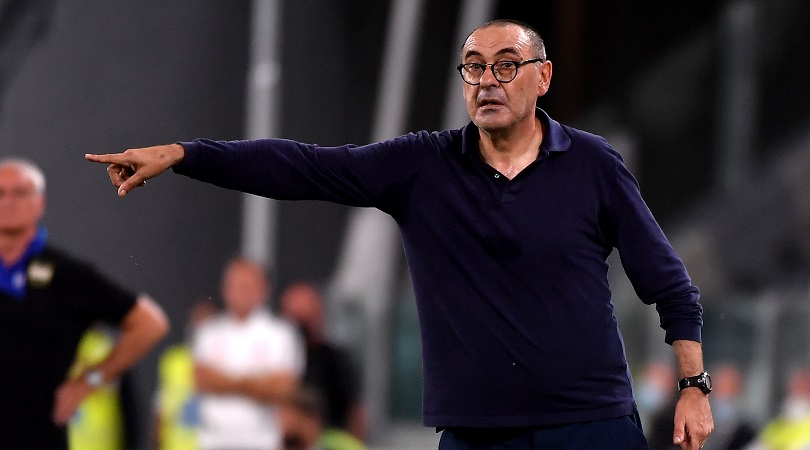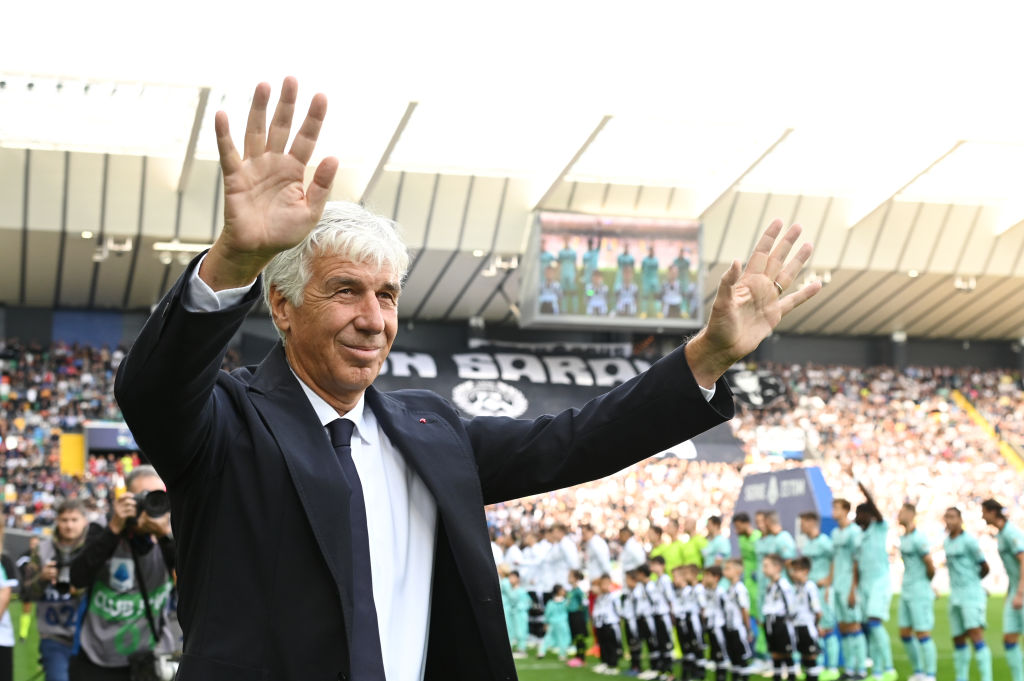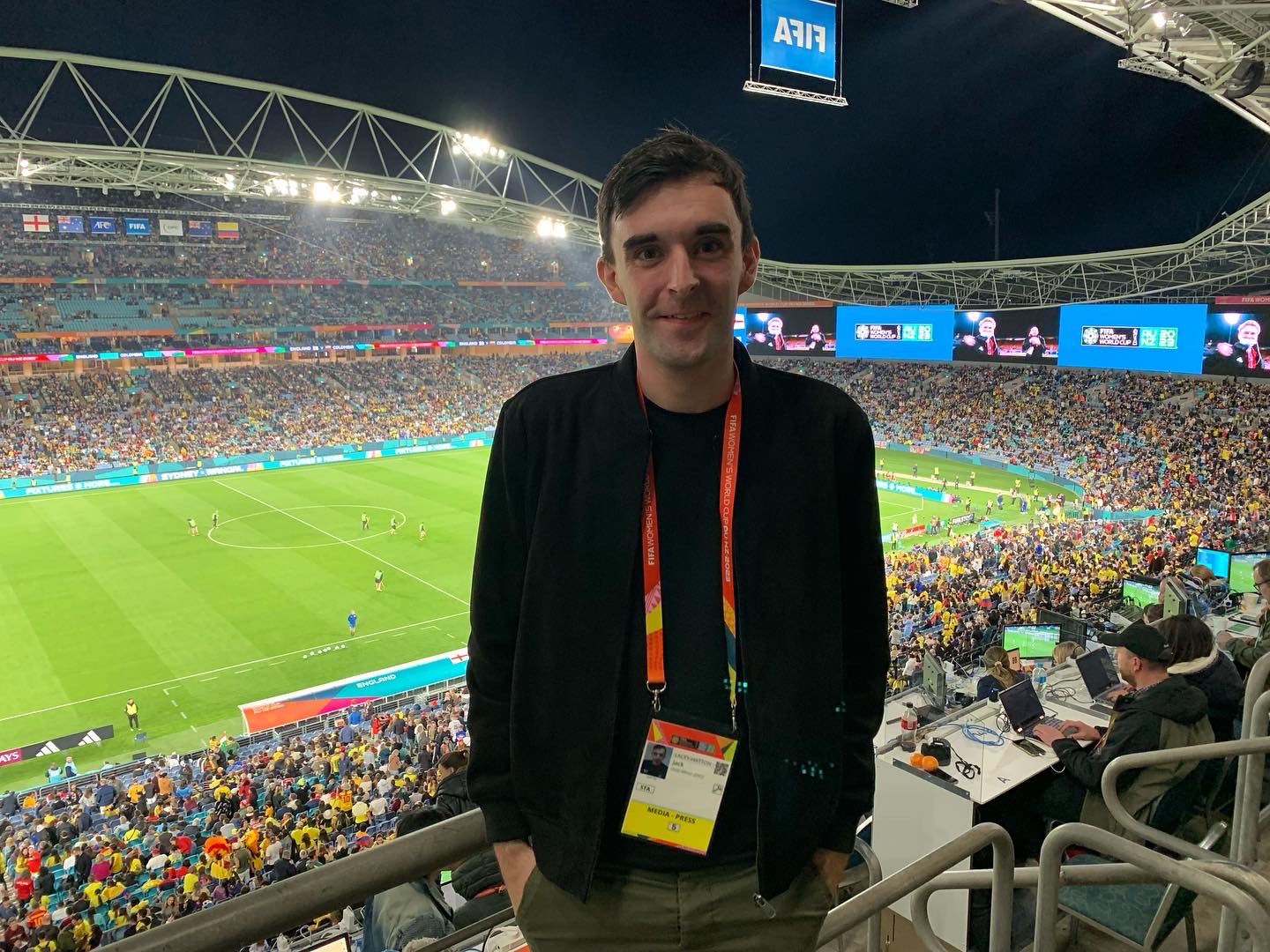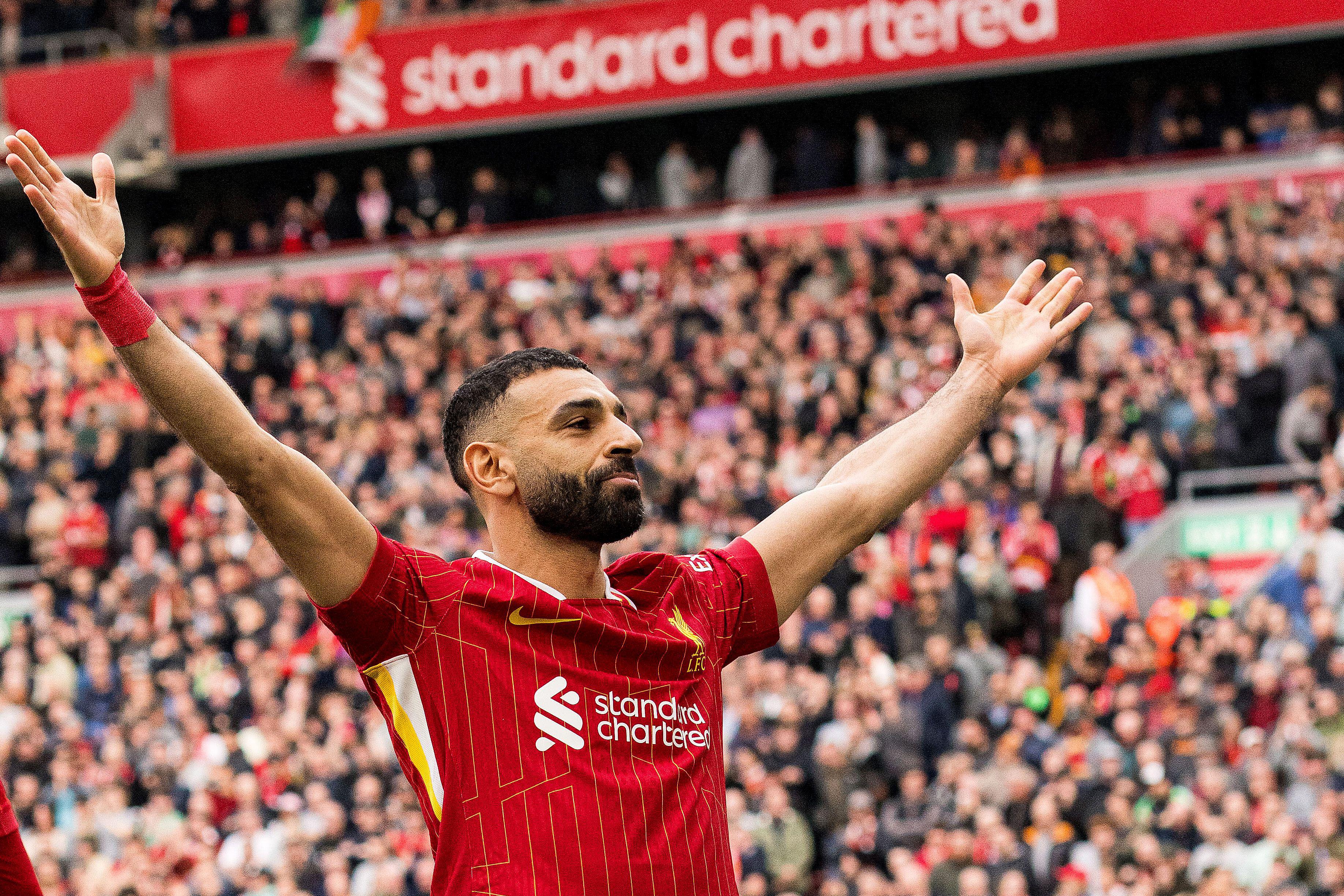Spare man/free man: football tactics explained
What is the spare man or free man? Here's our tactical explainer
The free man or spare man is a simple concept. And as the great Bill Shankly once said, “Football is a simple game complicated by idiots.”
Boiled down to its basic components, to be successful in football you have to, A) have the ball, and B) use it effectively. For any team, the best way to make the most of the time of their time on the ball is to work the space. To have space on the football pitch, is to have power.
This is why finding, and using, the spare man is essential for every team that has played the game. Here’s your tactical explainer, as we explore another of the big football terms you need in your toolbox.

I'm Jack, I've watched football through a tactical lens for over a decade, analysing trends not only at the top of the game, but also how strategies and approaches can be used at amateur level.
I’m also an FA-level 2 qualified coach and have written extensively on tactical analysis for various publications. A lot of my spare time is spent training, playing the game, or settling down to perfect a tactical approach on Football Manager.
What is the spare man?
The spare man, or free man, is simply to have a player in possession who “free” to receive a pass, away from a cluster of players elsewhere.
Having a spare man is to have a numerical advantage when in possession. This is why so many in-possession philosophies feature creating passing triangles, or other similar patterns of play.
In the clip above, the blue team's left-back makes a marauding run forward and is the spare man to finish off a move from the team's right-winger.
By having a spare or ‘free’ player in possession, it is far easier to keep hold of the ball, while simultaneously creating space elsewhere on the pitch. The use of the spare man can also extend to a third-man run, a method of finding a teammate in a better position than those on the ball.
Get FourFourTwo Newsletter
The best features, fun and footballing quizzes, straight to your inbox every week.
This occurs when two players exchange passes, with a third teammate then making an off-the-ball run into space to receive a pass. Again this is primarily to create a numerical advantage and maintain possession.
Whether making a blindside run, or moving towards the ball to create a triangle, the key with the spare player is creating an angle to receive the ball. Always offering, always showing for a team-mate. This allows the team in possession to not only maintain it, but penetrate the opposition as well.
Which coaches use the spare man?

Gian Piero Gasperini’s Atalanta side are a perfect current example of a team that focuses on creating overloads with a spare man.
In the first phase of their build-up play, Atalanta use a back three in possession, attempting to play through the oppositions initial press. As they continue to move the ball up the pitch, Gasperini’s team look to create triangles in possession to ensure the normally always have numerical superiority.
Midfielders and forwards will often rotate to ensure the spare man is present. Such a fluent style of play often unsettles the opposition defence, who are torn between tracking runners to ensure their teammates don’t get overloaded, or staying put.

Creating a man free in possession relies heavily on the manipulation of space. It's a lot easier to use a free man in transition or when the opposition aren't counterpressing you – it's a lot harder to find space between the lines when a defensive low block remains compact.
But doing the former can subsequently leave large gaps of space for Atalanta to exploit.
Arsene Wenger's Arsenal were always heavily focused on finding the spare man – dubbed ‘Wengerball’ – while Maurizio Sarri’s teams at Napoli, Chelsea and more recently Lazio have also focused heavily on trying to create a spare man in possession. Sarri’s fairly rigid 4-3-3 system with a regista at the base of his midfield is designed to create diamonds and triangles throughout the pitch, giving his team the spare man.
Sarri is also keen on third-man runs from his team. Regularly you will see his team create inverted triangles in the opposition half, with two passing options for the player in possession.
Once the player has made his choice of where to pass, the non-receiver will sprint in behind the opposition defence. But remember: a simple game overcomplicated by idiots. Nearly every team focused on dominating possession is looking for the spare man in one form or another.
Some coaches just make it more obvious than others.

Jack has worked as a sports reporter full-time since 2021. He previously worked as the Chief Women’s Football Writer at the Mirror, covering the England Women’s national team and the Women’s Super League. Jack has reported on a number of major sporting events in recent years including the 2023 FIFA Women’s World Cup on the ground in Australia. When not writing on football, he can often be spotted playing the game somewhere in west London.
- Mark WhiteContent Editor

